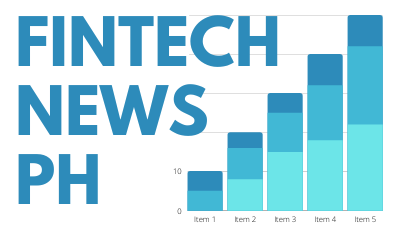Preliminary data culled from the Bangko Sentral ng Pilipinas (BSP) website revealed that the outstanding loans of universal and commercial banks (U/KBs) in the Philippines experienced a notable increase of 9.6 per cent year-on-year (YoY) in April, up slightly from 9.4 per cent in March.

IMAGE CREDIT: https://www.vecteezy.com/
This growth, excluding reverse repurchase (RRP) placements with the central bank, signifies a positive trend in the lending activities of these financial institutions.
On a seasonally adjusted monthly basis, these loans saw a 0.9% YoY increase, highlighting the steady demand for credit in the country. The data indicates robust lending activities despite various economic challenges, reflecting the banking sector’s confidence in the economy and the sustained demand for credit among businesses and consumers.
Breaking down the figures
The BSP’s preliminary data noted that loans to residents, net of RRPs, rose by 9.6 per cent YoY in April compared to 9.5 per cent YoY in March. Meanwhile, loans to non-residents also saw a significant rise, increasing by 10.8 per cent YoY in April.
This rise in non-resident loans, meanwhile, reflects the growing confidence of international borrowers in the Philippine financial system.
A closer look at the sectoral distribution of loans reveals that loans for production activities expanded by 7.8 per cent YoY in April.
According to the BSP, this growth was driven by substantial increases in key industries, including real estate activities (11 per cent YoY), electricity and gas supply (9.2 per cent YoY), wholesale and retail trade (7.6 per cent YoY), transportation and storage (21.8 per cent YoY), and construction (15.1per cent YoY). These figures underscore the resilience and dynamism of these sectors in contributing to the country’s economic growth.
Consumer loans to residents showed a remarkable increase of 25.3 per cent YoY in April, slightly down from 25.4 per cent in March. The BSP attributed this surge primarily to credit card, motor vehicle, and salary-based general-purpose consumption loans. The high demand for consumer credit indicates a strong appetite for personal financing options among Filipino residents.
Despite these positive trends, the BSP remains vigilant in monitoring the financial landscape. Looking ahead, the central bank aims to ensure that domestic liquidity and credit conditions align with its price and financial stability objectives. By doing so, the BSP seeks to maintain a balance between fostering economic growth and preventing potential financial risks.
The increase in outstanding loans highlights ongoing investments and economic activity, which are crucial for the country’s recovery and long-term development. The growth in loans to production activities and key industries such as real estate, construction, and transportation indicates a healthy economic trajectory.
As the BSP continues to implement measures to support the financial system, it remains committed to ensuring that credit growth is sustainable and contributes to overall economic stability. The central bank’s efforts to manage liquidity and credit conditions are expected to provide a stable foundation for continued economic expansion.
The latest data on outstanding loans of universal and commercial banks in the Philippines shows a healthy growth trajectory, driven by strong demand across various sectors. The BSP’s proactive approach to maintaining financial stability and supporting economic growth will be crucial in navigating the challenges and opportunities ahead.
As the country continues to recover and rebuild, the role of the banking sector in providing necessary financial resources will remain pivotal.

